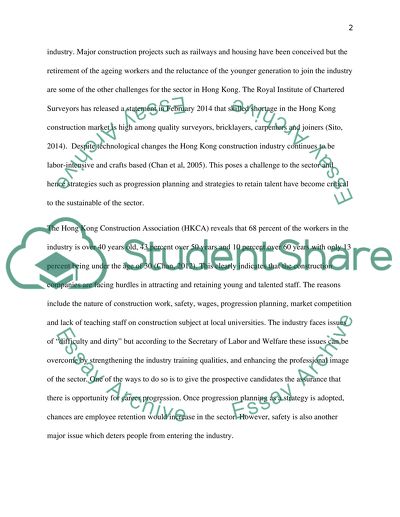Cite this document
(“The Importance of Progression Planning and Retaining Human Resources Essay”, n.d.)
The Importance of Progression Planning and Retaining Human Resources Essay. Retrieved from https://studentshare.org/human-resources/1648751-what-are-the-current-issues-within-the-construction-sector-from-a-human-resource-management-perspective
The Importance of Progression Planning and Retaining Human Resources Essay. Retrieved from https://studentshare.org/human-resources/1648751-what-are-the-current-issues-within-the-construction-sector-from-a-human-resource-management-perspective
(The Importance of Progression Planning and Retaining Human Resources Essay)
The Importance of Progression Planning and Retaining Human Resources Essay. https://studentshare.org/human-resources/1648751-what-are-the-current-issues-within-the-construction-sector-from-a-human-resource-management-perspective.
The Importance of Progression Planning and Retaining Human Resources Essay. https://studentshare.org/human-resources/1648751-what-are-the-current-issues-within-the-construction-sector-from-a-human-resource-management-perspective.
“The Importance of Progression Planning and Retaining Human Resources Essay”, n.d. https://studentshare.org/human-resources/1648751-what-are-the-current-issues-within-the-construction-sector-from-a-human-resource-management-perspective.


